Weather -> domesticated animals
Domesticated Animals
Domesticated animals are species that have been selectively bred and trained by humans for various purposes, such as companionship, work, or food. The domestication of animals has been a significant aspect of human civilization, providing essential resources and support for various human activities.
Key Points to Understand about Domesticated Animals
- Origin: Domesticated animals have been selectively bred from their wild ancestors over generations to exhibit specific traits desired by humans.
- Purposes: Domesticated animals serve various purposes, including providing food, labor, companionship, and other resources.
- Examples: Some common domesticated animals include dogs, cats, cows, pigs, horses, chickens, and goats.
- Care: Domesticated animals require proper care, including shelter, food, water, and medical attention, to ensure their well-being.
- Relationship with Humans: Domesticated animals have developed close relationships with humans and have become integral parts of human societies.
Study Guide for Domesticated Animals
To understand domesticated animals better, consider the following questions:
- What is the process of domestication, and how does it differ from the wild state of an animal?
- What are the various purposes for which domesticated animals are utilized in different cultures and societies?
- How have different domesticated animals been adapted to coexist with humans?
- What are the key responsibilities of humans in caring for domesticated animals?
- How has the domestication of animals impacted human civilization and the environment?
By exploring these questions and conducting further research, you can gain a comprehensive understanding of the significance of domesticated animals in the world.
.◂Science Worksheets and Study Guides Kindergarten. Weather
Coloring Worksheet Calendar
Calendar  Coloring Worksheet
Coloring Worksheet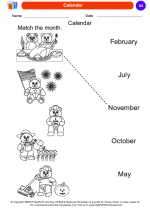 Calendar
Calendar  Coloring Worksheet
Coloring Worksheet Day and Night
Day and Night  Coloring Worksheet
Coloring Worksheet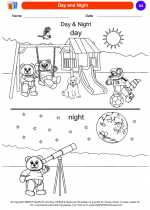 Day and Night
Day and Night  Coloring Worksheet
Coloring Worksheet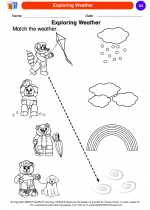 Exploring Weather
Exploring Weather  Coloring Worksheet
Coloring Worksheet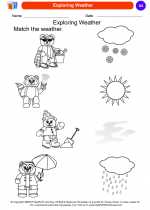 Exploring Weather
Exploring Weather  Coloring Worksheet
Coloring Worksheet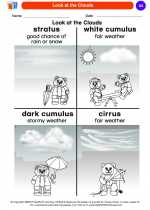 Look at the Clouds
Look at the Clouds  Coloring Worksheet
Coloring Worksheet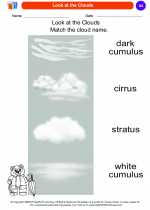 Look at the Clouds
Look at the Clouds  Coloring Worksheet
Coloring Worksheet Moon & Stars
Moon & Stars  Coloring Worksheet
Coloring Worksheet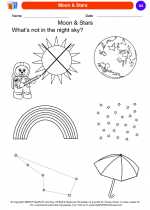 Moon & Stars
Moon & Stars  Coloring Worksheet
Coloring Worksheet Natural Events
Natural Events  Coloring Worksheet
Coloring Worksheet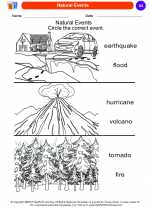 Natural Events
Natural Events  Coloring Worksheet
Coloring Worksheet Sun and Shadows
Sun and Shadows  Coloring Worksheet
Coloring Worksheet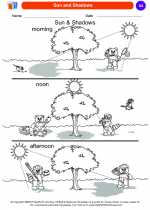 Sun and Shadows
Sun and Shadows  Coloring Worksheet
Coloring Worksheet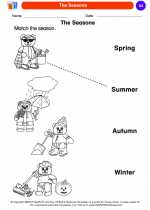 The Seasons
The Seasons  Coloring Worksheet
Coloring Worksheet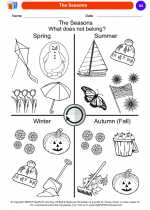 The Seasons
The Seasons  Coloring Worksheet
Coloring Worksheet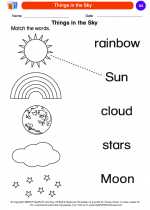 Things in the Sky
Things in the Sky  Coloring Worksheet
Coloring Worksheet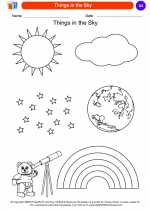 Things in the Sky
Things in the Sky  Coloring Worksheet
Coloring Worksheet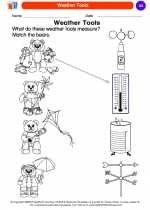 Weather Tools
Weather Tools  Coloring Worksheet
Coloring Worksheet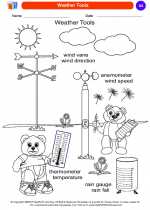 Weather Tools
Weather Tools 

 Coloring Worksheet
Coloring Worksheet
 Coloring Worksheet
Coloring Worksheet
 Coloring Worksheet
Coloring Worksheet
 Coloring Worksheet
Coloring Worksheet
 Coloring Worksheet
Coloring Worksheet
 Coloring Worksheet
Coloring Worksheet
 Coloring Worksheet
Coloring Worksheet
 Coloring Worksheet
Coloring Worksheet
 Coloring Worksheet
Coloring Worksheet
 Coloring Worksheet
Coloring Worksheet
 Coloring Worksheet
Coloring Worksheet
 Coloring Worksheet
Coloring Worksheet
 Coloring Worksheet
Coloring Worksheet
 Coloring Worksheet
Coloring Worksheet
 Coloring Worksheet
Coloring Worksheet
 Coloring Worksheet
Coloring Worksheet
 Coloring Worksheet
Coloring Worksheet
 Coloring Worksheet
Coloring Worksheet
 Coloring Worksheet
Coloring Worksheet

The resources above cover the following skills:
EARTH AND SPACE SCIENCE (NGSS)
Earth’s Systems
Students who demonstrate understanding can:
Use and share observations of local weather conditions to describe patterns over time.